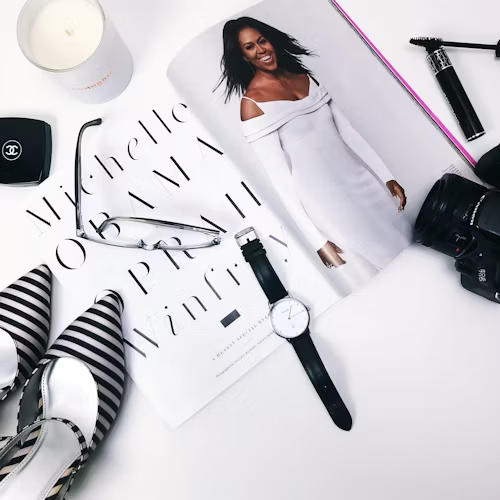For decades, shapewear was something hidden under layers of clothing—tight, restrictive, and often uncomfortable. But today's shapewear tells a different story. It's no longer about hiding your flaws; it's about celebrating your natural curves, feeling supported, and stepping into each day with a little more confidence.
Shapewear, But Make It Fashion
Modern shapewear has come a long way. It's no longer just for special occasions or red-carpet moments. With sleek, breathable fabrics, seamless construction, and stylish designs, today's shapewear pieces are meant to be seen. Bodysuits with flattering necklines, midi dresses with built-in shaping panels, and sculpting shorts that double as loungewear—it's all about versatility and confidence. In fact, many pieces now can be worn as stand-alone outfits, eliminating the need for layering and offering a streamlined look.
Women are discovering that shapewear doesn't have to be hidden; it can be part of the overall ensemble, elevating the outfit with a sleek, polished finish. This change in perspective is changing how women think about their wardrobes and how they feel about their bodies. No longer relegated to secret, unseen garments, shapewear has entered the mainstream as an essential, confidence-boosting garment for everyday wear.
The Rise of Everyday Elegance
Shapewear is no longer just about looking a certain way—it's about feeling a certain way. A seamless bodysuit under a blazer? Power move. A shaping slip dress for a brunch with friends? Casual but elevated. These garments are not only functional, but they also empower women to wear their outfits with pride, knowing they look and feel great. From the office to a casual day out, shapewear enhances both comfort and appearance.
Take Tiia Algans, a Shapelily customer, who shared:
"I used to think shapewear was just for weddings or formal events. But once I tried the V-Neck Full Lace Shaping Bodysuit, it became part of my daily wardrobe. It's comfortable, chic, and gives me that extra bit of confidence whether I'm at work or out with friends."
These personal stories reflect a broader shift in the way women perceive and use shapewear. No longer seen as a 'once-in-a-while' garment, it has become a key element in their everyday wardrobes.
Comfort Meets Confidence
At the heart of the shapewear revolution is one powerful idea: you don't have to sacrifice comfort to feel confident. Gone are the days of rigid, uncomfortable corsets that squeezed the life out of you. Today's shapewear is crafted from breathable, flexible materials like modal and spandex that move with your body, offering a smooth, sculpted shape without sacrificing comfort. The thoughtful design lines and inclusive sizing mean that more women than ever are finding their fit—literally and emotionally.
For example, Shapelily's body-sculpting technology ensures that each piece molds seamlessly to the wearer's body, providing gentle compression without feeling restrictive. This balance of support and comfort is a game-changer for many women who want to look and feel their best without discomfort.
The Confidence Factor
Shapewear doesn't just transform your body—it transforms your mindset. Fashion is more than just fabric; it's a vehicle for self-expression. When you slip into a well-fitted piece of shapewear, you don't just change the way your clothes fit—you change the way you carry yourself. You walk taller, smile brighter, and feel more at ease with yourself.
Shapewear is about confidence—confidence to embrace your natural body and wear clothes that fit and flatter. Whether it's a shaping slip that gives you a smooth silhouette or a sculpting bodysuit that supports your posture, these garments give women the freedom to move through the world with confidence, knowing that they are looking their best.
Fashion is evolving, and so is the definition of beauty. Shapewear is no longer about squeezing into a mold—it's about owning your shape, whatever that may be. It's about getting dressed for yourself and feeling amazing while doing it.
Confidence Is the New Dress Code
Fashion is constantly evolving, and the definition of beauty is expanding beyond traditional standards. Shapewear is now part of that evolution—no longer just a tool for creating an "ideal" shape, but a way to celebrate each woman’s body. It's about making fashion work for you, not the other way around.
Because when you feel good, you look even better. And the confidence you exude when you wear something that makes you feel powerful is the most beautiful thing you can wear.






